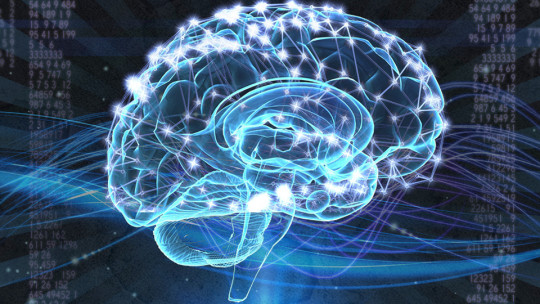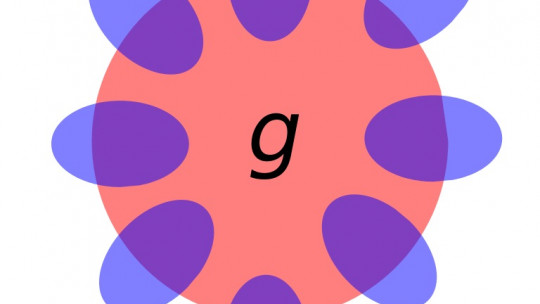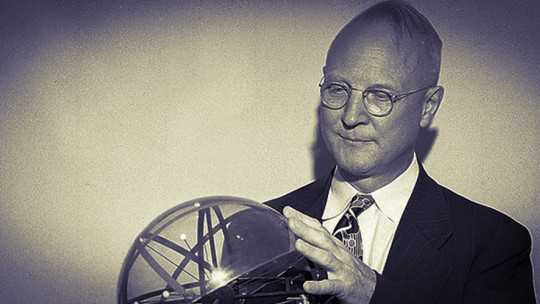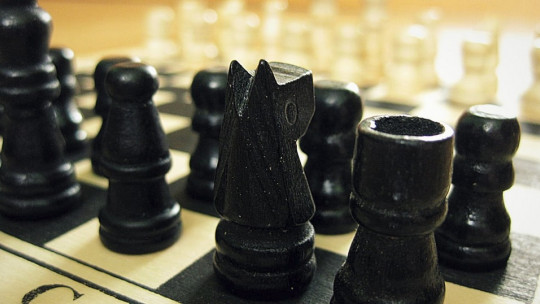
In differential psychology, intelligence models can be divided into two: factorial (hierarchical) or multifactorial (they consider intelligence as a set of abilities independent of each other).
In this article we will analyze in details a hierarchical model, Burt’s Intelligence Model Cyrill Burt built on Charles Spearman’s theory and added some changes. To explain intelligence, Burt establishes four primary factors and a general intelligence that encompasses them (G factor).
Burt’s model of intelligence: characteristics
Hierarchical theories of intelligence divide its components into (from more specific to more general): specific factors (concrete tests), smaller group factors, larger group factors and finally, at the top of the “pyramid”, we find the well-known G factor.
Cyrill Burt (1883–1971) was an English psychologist who made contributions to educational psychology and statistics. He was one of the most outstanding disciples or successors of Charles Spearman (1863 – 1945). His intelligence model is a synthesis of the work done by his predecessors, and influenced the work of Cattell and Vernon.
He developed the so-called Burt Intelligence Model, a hierarchical model of intelligence, where he established different levels, “links” or factors organized hierarchically. He focused on the existence of a structure formed by four primary factors and a general intelligence that subsumes them
Burt’s Intelligence Model is a structural model that is based on a hierarchical arrangement of intelligence factors. He defends the supremacy of genetic variables to explain differences in intelligence.
Burt’s theory
Burt develops his theory through a hypothesis that he established in 1945, where he postulates differences in intellectual development. According to him, at an intellectual level, the hierarchical structure of intelligence is gradually reached, where all abilities occupy a specific place. These skills range from a level of undifferentiation (g) to a detailed level of specialization (s)
Thus, in 1949 Burt’s Intelligence Model developed. In it, he recognizes the existence of 18 group factors located below the general intelligence factor “g”, at different hierarchical levels.
Burt establishes that there is an undoubted “g” factor since the correlations between cognitive tests are positive, but they are not hierarchical because there are factors that are common to certain types of tests but not to all.
Structure of intelligence
In Burt’s Intelligence Model, the author organizes the structure of intelligence into 5 increasingly complex levels, ranging from from the capture of stimuli to its processing and linking with other cognitive elements (as we will see in the next point).
According to C. Burt, intelligence is the general ability whose structure is a hierarchical system of mental levels. As we have seen, Burt was Spearman’s successor, and completes the latter’s model with two other factors: group factors and accidental factors.
Differences and similarities with Charles Spearman
As we have seen, Burt accepts Spearman’s idea of the existence of a universal capacity (which he calls General Intelligence). His G factor or General Intelligence, on the other hand, It is practical and not intellectual in nature
Furthermore, Burt’s Intelligence Model differs from Spearman’s in that it gives importance to a series of group factors that would be found between Spearman’s “g” factor and “s” factors.
The existence of these group factors coincides with the data provided by evolutionary studies that showed that a set of more specific aptitudes were generated from a formless intelligence to the development of very specific abilities or skills for certain tasks.
Hierarchical levels
The hierarchical levels established in Burt’s Intelligence Model are levels of mental processes.
These levels They are differentiated by their degree of specificity, their content and the operations they include They are as follows (ordered from most complex, general or hierarchical to least):
1. General factor
We start at the most general level (the fifth level). This is Spearman’s G factor, that is, general intelligence This factor allows, includes and encompasses the other four levels. Furthermore, it influences and has an impact on them.
2. Relationship
They are the relational processes that we put into practice in our reasoning. They include the different processes that allow us coordinate and manage different mental processes
3. Association
They are the associative processes related to memory and habit formation That is, they include association capacities, and they also allow us to relate elements, recognize them, memorize them and form habits with them.
4. Perception
These are complex cognitive processes related to the perception and coordination of movements. These processes allow the step to cognition of the information captured
5. Sensation
It is the most basic and simple level. It includes the different basic sensory and motor capacities or aptitudes that we have.








